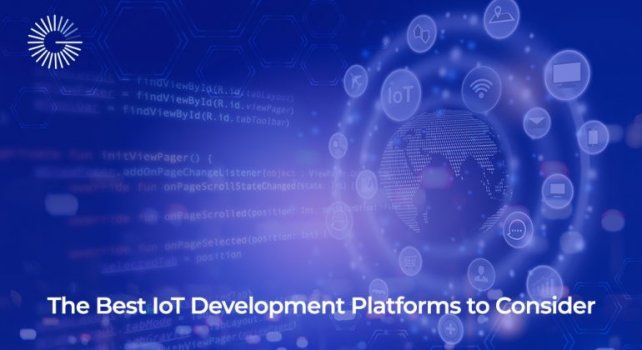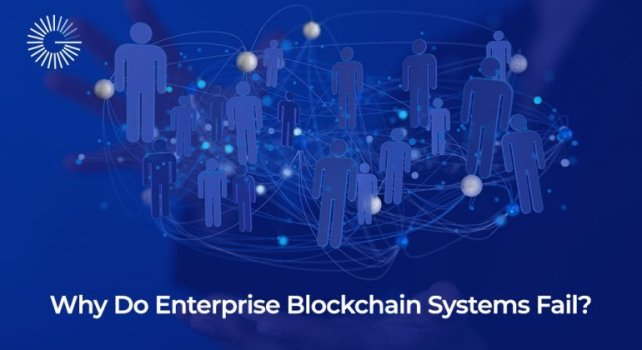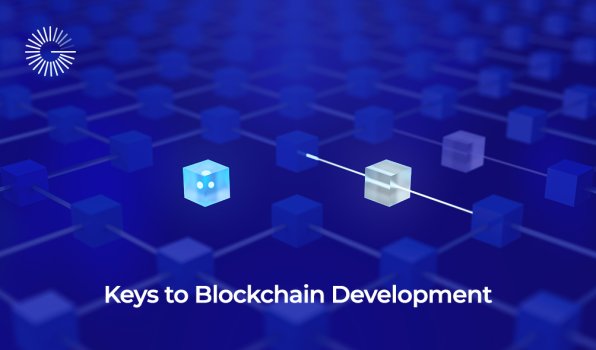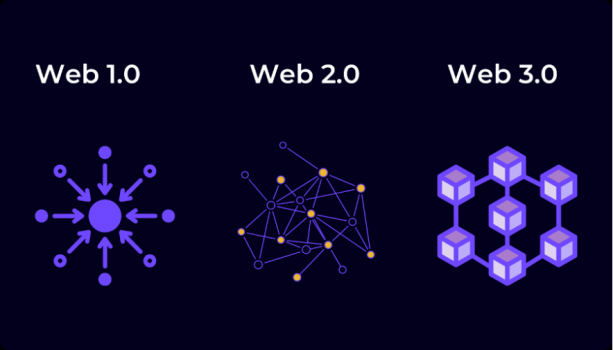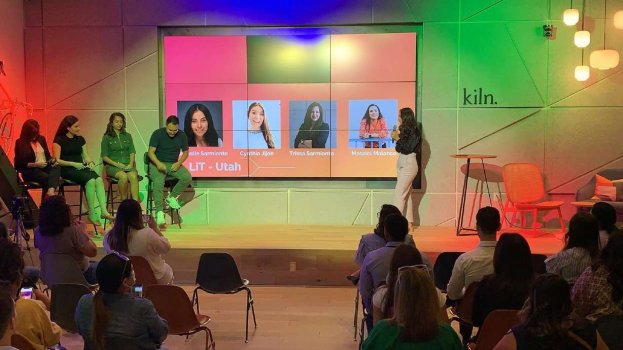As with most game-changing innovations, there’s a mix of excitement, speculation and confusion about the role Web3 technologies will play in the evolution of our digital lives. For Web3 evangelists, the technology promises to help people regain control of their data and monetize who they are and what they know and do in new and exciting ways.
As a result,
Web3 has attracted billions in VC funding for projects and startups spanning its various components, including blockchain, cryptocurrency, non-fungible tokens (NFTs), decentralized autonomous organizations (DAOs), AI and the Semantic Web. And for creators, the size and scope of investments in these new developments are exciting news.
What is Web3, anyway?
Before jumping into what it means for creators, it’s good to have a working definition of
Web3. IDC defines it as ”a collection of open technologies and protocols, including blockchain, that supports the natively trusted use and storage of decentralized data, knowledge, and value.”
If you’re a creator, that definition should be music to your ears. With issues of control, privacy, security, ownership and trust continuing to plague the current iteration of the internet, Web3 offers a beacon of hope. Reading between the lines, what IDC is saying is that
Web3 will offer a better dynamic between those who create and those who consume. It will enable the seamless, transparent and cost-efficient interactions and transactions that are needed to grow the creator economy.
Continue reading:
https://venturebeat.com/virtual/web3-will-play-a-vital-role-in-the-creator-economy/

